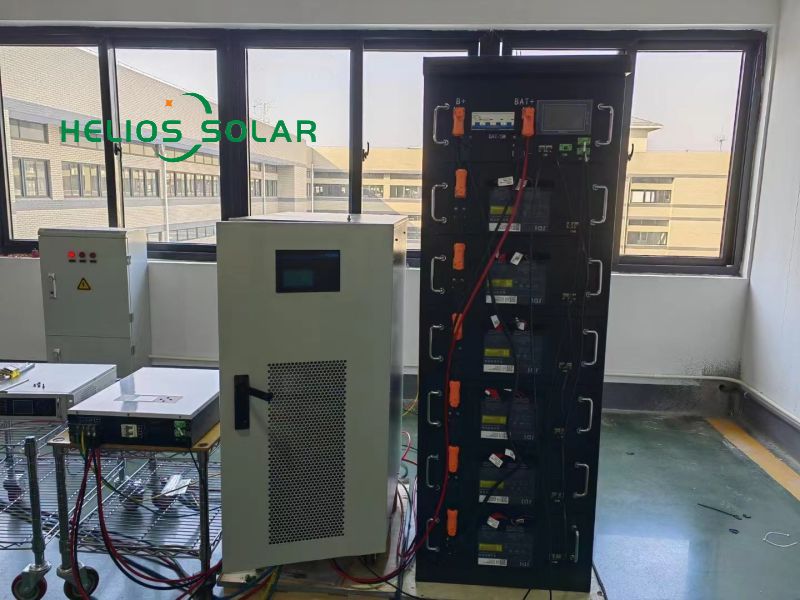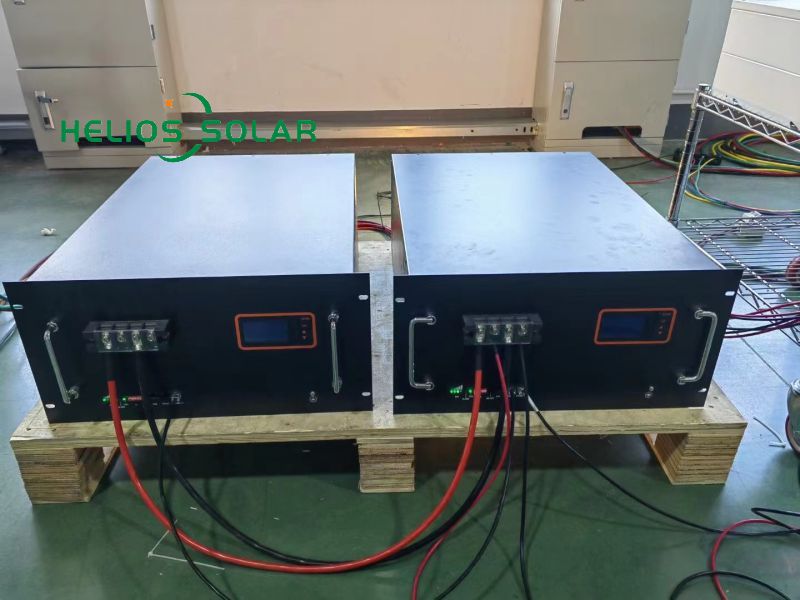Lithium battery packs have revolutionized the way we power our electronic devices. From smartphones to electric vehicles, these lightweight and efficient power supplies have become an integral part of our daily lives. However, the development of lithium battery clusters has not been smooth sailing. It has gone through some major changes and advancements over the years. In this article, we’ll explore the history of lithium battery packs and how they’ve evolved to meet our growing energy needs.
The first lithium-ion battery was developed by Stanley Whittingham in the late 1970s, marking the beginning of the lithium battery revolution. Whittingham’s battery uses titanium disulfide as the cathode and lithium metal as the anode. Although this type of battery has high energy density, it is not commercially viable due to safety concerns. Lithium metal is highly reactive and can cause thermal runaway, causing battery fires or explosions.
In an effort to overcome the safety issues associated with lithium metal batteries, John B. Goodenough and his team at the University of Oxford made groundbreaking discoveries in the 1980s. They found that by using a metal oxide cathode instead of lithium metal, the risk of thermal runaway could be eliminated. Goodenough’s lithium cobalt oxide cathodes revolutionized the industry and paved the way for the more advanced lithium-ion batteries we use today.
The next major advancement in lithium battery packs came in the 1990s when Yoshio Nishi and his team at Sony developed the first commercial lithium-ion battery. They replaced the highly reactive lithium metal anode with a more stable graphite anode, further improving battery safety. Due to their high energy density and long cycle life, these batteries quickly became the standard power source for portable electronic devices such as laptops and mobile phones.
In the early 2000s, lithium battery packs found new applications in the automotive industry. Tesla, founded by Martin Eberhard and Mark Tarpenning, launched the first commercially successful electric car powered by lithium-ion batteries. This marks an important milestone in the development of lithium battery packs, as their use is no longer limited to portable electronics. Electric vehicles powered by lithium battery packs offer a cleaner, more sustainable alternative to traditional gasoline-powered vehicles.
As demand for lithium battery packs grows, research efforts are focused on increasing their energy density and improving their overall performance. One such advancement was the introduction of silicon-based anodes. Silicon has a high theoretical capacity to store lithium ions, which can significantly increase the energy density of batteries. However, silicon anodes face challenges such as drastic volume changes during charge-discharge cycles, resulting in a shortened cycle life. Researchers are actively working to overcome these challenges to unlock the full potential of silicon-based anodes.
Another area of research is solid-state lithium battery clusters. These batteries use solid electrolytes instead of the liquid electrolytes found in traditional lithium-ion batteries. Solid-state batteries offer several advantages, including greater safety, higher energy density, and longer cycle life. However, their commercialization is still at an early stage and further research and development is needed to overcome technical challenges and reduce manufacturing costs.
Looking ahead, the future of lithium battery clusters seems promising. Demand for energy storage continues to rise, driven by the growing electric vehicle market and demand for renewable energy integration. Research efforts are focused on developing batteries with higher energy density, faster charging capabilities, and longer cycle life. Lithium battery clusters will play a vital role in the transition to a cleaner, more sustainable energy future.
To sum up, the development history of lithium battery packs has witnessed human innovation and the pursuit of safer and more efficient power supplies. From the early days of lithium metal batteries to the advanced lithium-ion batteries we use today, we have witnessed significant advancements in energy storage technology. As we continue to push the boundaries of what is possible, lithium battery packs will continue to evolve and shape the future of energy storage.
If you are interested in lithium battery clusters, welcome to contact Radiance to get a quote.
Post time: Nov-24-2023



